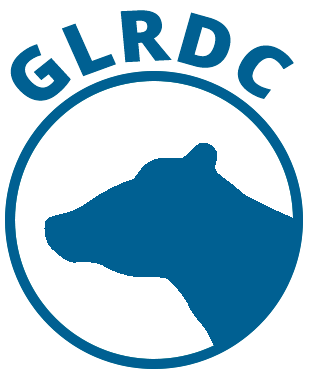May through August is a very busy time for dairy farmers in the state of Michigan. Ask any dairy farmer what they like to do when the sun shines, and I bet they’ll tell you with a grin, “Make hay” and that’s just what dairy farmers do — they make hay to feed their cows.
A typical day of “making hay” on a dairy farm may look different depending on the size of the farm and management styles. No way is right or wrong, and all have one end goal in sight: Feed our dairy cows a nutritious and balanced diet so they produce high quality, wholesome milk that can be poured into a glass on someone’s dinner table, or made into cheese, butter, yogurt or ice cream.
Growing up on a dairy farm, I was very involved in making hay with my family. On our farm when we make hay, we do it two different ways. We either chop it or we make it into bales.
This is the process when we chop hay:
- Cutting hay is somewhat like cutting the grass in your yard. We cut it with a haybine, which could almost be called a glorified lawnmower, and then let it dry for a short amount of time before we take the next steps.
- Merging hay is taking one or two rows and combining it into an even larger row called a windrow. This is one of my favorite jobs on the farm.
- After the hay is merged, my Dad will chop the hay with the chopper into little pieces. When the hay is chopped, is still has a good deal of moisture in it. It is similar to when humans canning our food. This process is amazing to me, and I still get goosebumps whenever I see the chopper pull into the field (farming nerd, I know).
- The chopped hay goes right from the chopper into trucks or wagons pulled by tractors. The trucks will then haul the chopped hay — or haylage — back to the farm where it will be dumped onto the cement pad and packed into the haylage pile. The haylage is packed tightly to remove the air and keep it fresh for us to feed our cows over the next year. Some farms also store haylage in giant bags, like big food-saver bags that we use in our kitchens.
The hay that isn’t chopped is made into dry hay, or bales. Baling dry hay is a comparison to humans dehydrating their food.To make hay bales, we:
- Cut the hay, the same way we cut it for making haylage.
- We ted the hay after we cut it. Tedding hay is spreading out the hay so it can lay flat on the ground to dry. This is one of my jobs when we make dry hay. This allows it to dry nicely before we rake it and then eventually bale it.
- After we ted the hay, we go to the field with different machinery and rake the hay after it’s had plenty of time to dry in the sun. After it is raked, two rows are often merged into windrows using a large rake.
- Finally, my dad goes into the field and bales the hay.
The type of hay determines if we’ll chop it or bale it. Typically, we will chop alfalfa, to use as cow feed. We will chop grass hay for heifer feed, and then bale the remainder of the grass hay or grass and alfalfa mixtures. Whether we chop or bale the hay also depends on whether it is first, second or third cutting. A “cutting” of hay is the number of times the farmer re-cuts the hay for the summer. In northern Michigan, we typically only get three cuttings from each field. In many parts of mid to southern Michigan, they average around four to five cuttings. The weather can also play a role in what we chop or bale. Because we need the hay to dry for long periods of time before we bale it, we will chop the hay if it gets rained on more than once.
As you can see, there are no wrong or right ways to make hay. Every farm is different. The important thing is that everyone has the best interest of providing their cows safe, nutritious food throughout the year. We are all aiming to make feed for our cattle that helps them produce high quality, wholesome milk!
-Leta
